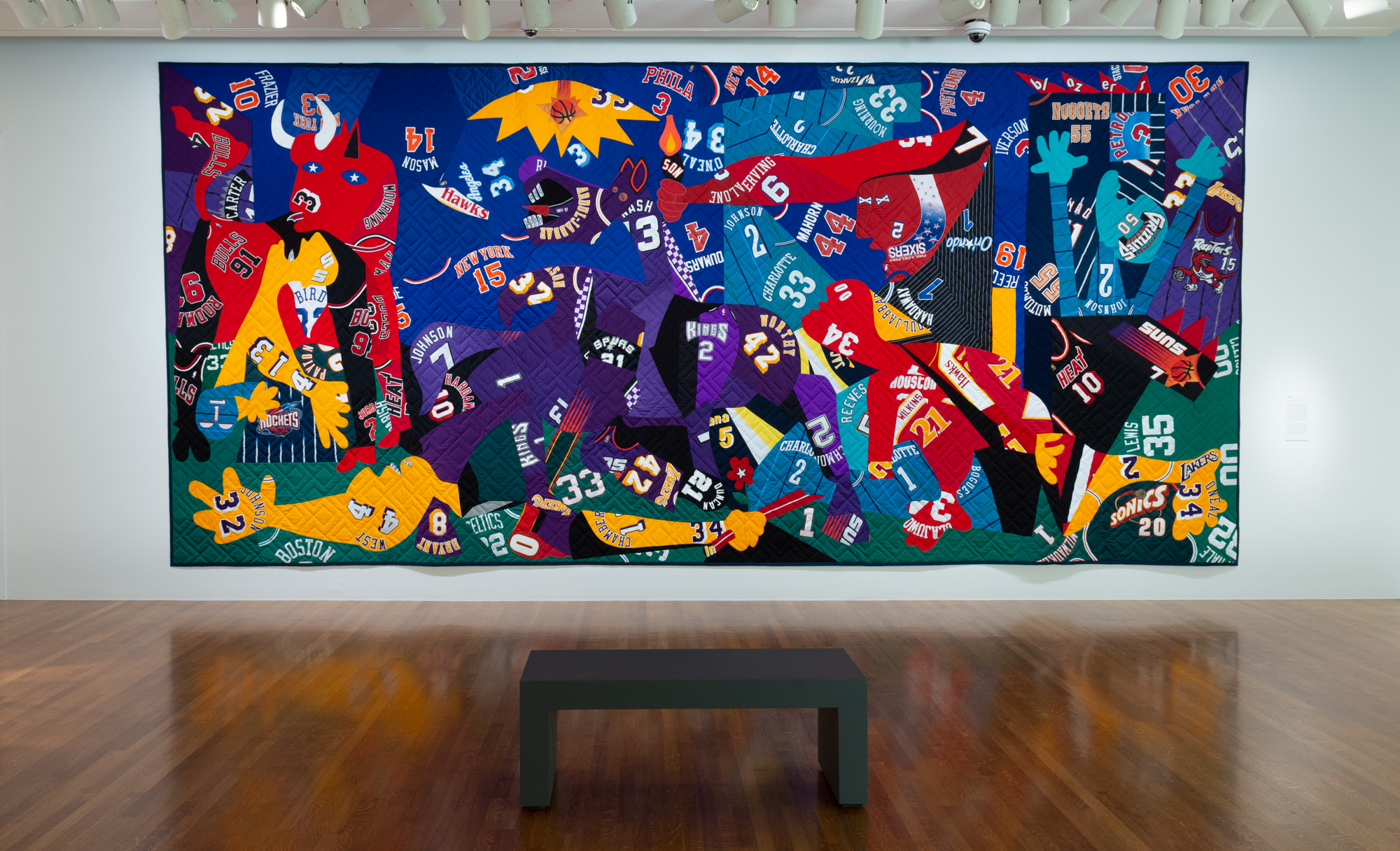- Events & Programs Home
- Calendar
- Accessibility
- Adults
-
Families & Teens
- Families & Teens Home
- 10x10 Teen Art Expo
- Art on the Rise
- Art Together: Art Making for Families with Children Ages 3–5
- Babies Sing with May Festival Minis
- Boy Scouts / Girl Scouts
- CAM Kids Day
- Family Storytime and Gallery Walk
- Family Studio: Art Making for Families with Children Ages 6–12
- Games in the Galleries
- Members-Only Baby Tours
- Public Baby Tours
- REC Reads
- Rosenthal Education Center (REC)
- Saturday Morning Art Class
- See Play Learn Kits
- Summer Camp
- Teen Fest: Zine and Comic Exchange
- RECreate
- Teachers
- Community Outreach
- Fundraisers
- Plan Your Own Event

- Events & Programs Home
- Calendar
- Accessibility
- Adults
-
Families & Teens
- Families & Teens Home
- 10x10 Teen Art Expo
- Art on the Rise
- Art Together: Art Making for Families with Children Ages 3–5
- Babies Sing with May Festival Minis
- Boy Scouts / Girl Scouts
- CAM Kids Day
- Family Storytime and Gallery Walk
- Family Studio: Art Making for Families with Children Ages 6–12
- Games in the Galleries
- Members-Only Baby Tours
- Public Baby Tours
- REC Reads
- Rosenthal Education Center (REC)
- Saturday Morning Art Class
- See Play Learn Kits
- Summer Camp
- Teen Fest: Zine and Comic Exchange
- RECreate
- Teachers
- Community Outreach
- Fundraisers
- Plan Your Own Event
The Workshop: Guernica
The Workshop: Guernica
- Home
- Plan Your Visit
- Art
-
Events & Programs
- Events & Programs Home
- Calendar
- Accessibility
- Adults
-
Families & Teens
- Families & Teens Home
- 10x10 Teen Art Expo
- Art on the Rise
- Art Together: Art Making for Families with Children Ages 3–5
- Babies Sing with May Festival Minis
- Boy Scouts / Girl Scouts
- CAM Kids Day
- Family Storytime and Gallery Walk
- Family Studio: Art Making for Families with Children Ages 6–12
- Games in the Galleries
- Members-Only Baby Tours
- Public Baby Tours
- REC Reads
- Rosenthal Education Center (REC)
- Saturday Morning Art Class
- See Play Learn Kits
- Summer Camp
- Teen Fest: Zine and Comic Exchange
- RECreate
- Teachers
- Community Outreach
- Fundraisers
- Plan Your Own Event
- Give & Join
- About
- Tickets
- Calendar
- Exhibitions
- Collections
- Blog
- Shop
Guernica

Hank Willis Thomas (American, b. 1976), Guernica, 2016. Mixed media, including sports jerseys, 131 x 281 inches. Private Collection. © Hank Willis Thomas
A Response from Flavia Bastos
Flávia Bastos, Ph.D. is Distinguished Research Professor of Art Education in the School of Art, in the College of Design, Architecture, Art and Planning (DAAP) at the University of Cincinnati. Her research and scholarship are indebted to her Brazilian roots and committed to social justice.
Her current research project “Who is American Today?” investigates the relationship between creativity and democracy by promoting critical digital citizenship with high school students around the country. Flávia is a Distinguished Fellow of the National Art Education Association, the chairperson for the Council of Policy Studies in Art Education, and former Director of the Higher Education Division of the National Art Education Association.
She received the 2009 Ziegfeld Award of the International Society for Education through Art (InSEA) for her distinguished service in international art education and the Mary J. House Award of the National Art Education Association Women’s Caucus in 2007. She is past senior editor of the Journal of Art Education and has published and lectured extensively in the United States, Canada, South Africa, Brazil, Chile, Indonesia, Spain, and Portugal.
Her books include Transforming City Schools through Art: Approaches to Meaningful K-12 Learning, a co-edited volume published by Teachers College Press (2012), and the anthology Connecting Creativity Research and Practice in Art Education: Foundations, Pedagogies, and Contemporary Issues (2014) released by the National Art Education Association.
Label text, Cincinnati Art Museum
Guernica
2016
mixed media, including sports jerseys
Anonymous
This mural-sized quilt is a dialogue with Pablo Picasso's monumental 1937 painting, Guernica. Named after a Basque town bombed by Nazi forces, Picasso’s Guernica is regarded as an important artistic statement about the horrors of war. At nearly the same scale as Picasso's canvas, the quilt reminds us that combative team sports are proxies for armed conflict. Thomas also draws attention to the role modern gladiators can play as voices for social justice: "[athletes] are not supposed to be political. They're supposed to do their job. They don't get paid for speaking. If [Muhammad] Ali, if Jim Brown, if Paul Robeson hadn't spoken, what would the world look like?"
By engaging with European artists—such as Picasso and Matisse—who participated in the early twentieth-century modernist appropriation of African art, Thomas links the politics of sports and war with the politics of art and art history. "It’s not a coincidence that [Picasso’s] work and the work of other modern artists changed dramatically right around the time that Europe started to explore and colonize Africa,” he notes.
Note: Label texts originated at the Portland Art Museum and were modified by venue project teams at the Crystal Bridges Museum of American Art and Cincinnati Art Museum.
Cincinnati, OH 45202
Toll Free: 1 (877) 472-4226
Museum Hours
Museum Shop
Terrace Café
Library
Cincinnati Art Museum is supported by the tens of thousands of people who give generously to the annual ArtsWave Campaign, the region's primary source for arts funding.

Free general admission to the Cincinnati Art Museum is made possible by a gift from the Rosenthal Family Foundation. Exhibition pricing may vary. Parking at the Cincinnati Art Museum is free.
Generous support for our extended Thursday hours is provided by Art Bridges Foundation’s Access for All program.

General operating support provided by:



